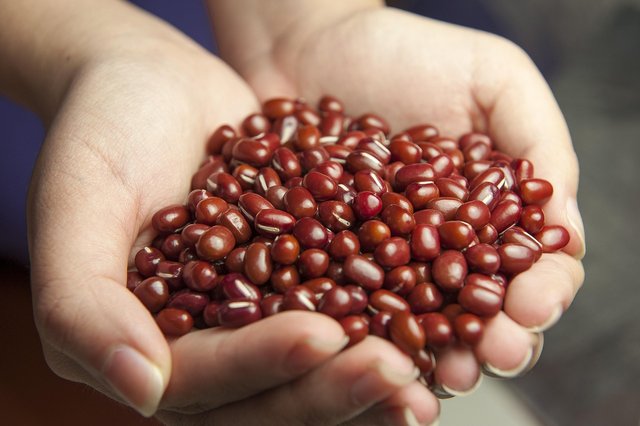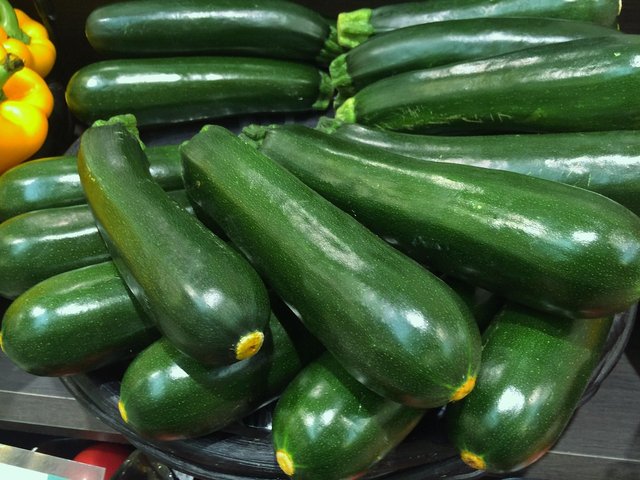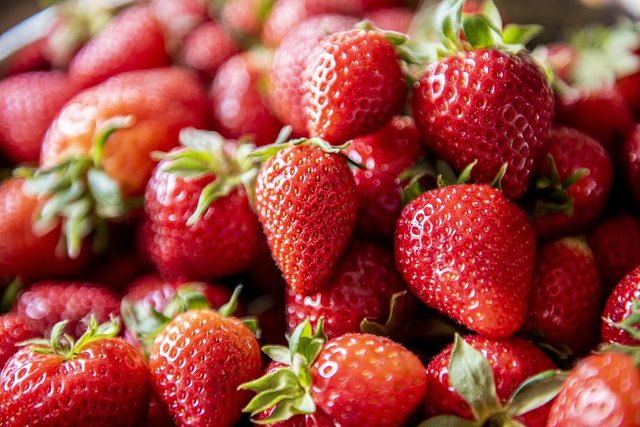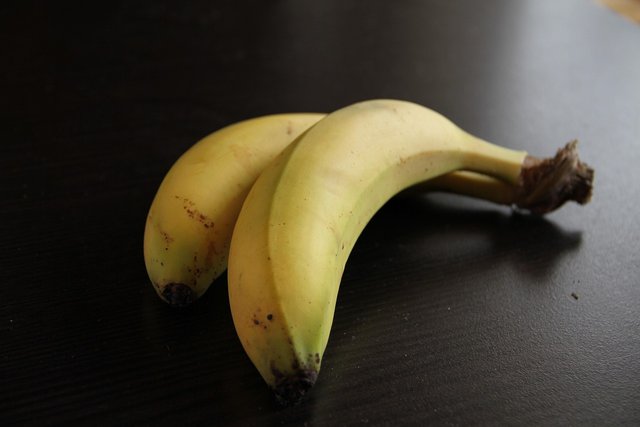I promised to research a bit more, and here are some interesting facts for you.

One of the most well-known is beans, which are called that in Mexico, but in countries like Argentina and Chile, they are known as porotos. In Peru, they are called frejol, and in Venezuela, caraotas. Beans are a staple food in many cultures, and besides being delicious, they are a great source of protein. I have also cultivated them, and seeing them grow is a special experience.

Zucchini or pumpkin is another vegetable with varied names. In Mexico, it is called calabacita, in Argentina and Peru zapallito, and in Chile zapallo italiano. It may seem curious that the names change so much from one country to another, but this is due to culinary traditions and local varieties of each vegetable. Although the names differ, the flavor and versatility in cooking remain the same.

The strawberry, a wonderful fruit, has different names depending on the country. In Spain and Mexico, it is called fresa, but in Argentina and Brazil, it is known as frutilla, while in Chile, it is called morango. This fruit is highly appreciated, especially in baking, where it is used to make desserts like ice cream, cakes, and jams. What interests me most about strawberries is that they thrive in cold climates, making them a unique crop.

Another widely consumed food is the banana, which is also known as plantain, depending on the country. The names vary by region and the size of the fruit. In Argentina, Paraguay, and Uruguay, it is called banana. A name I had never heard before is cambur, used in Venezuela. In Cuba and the Dominican Republic, it is known as guineo, and in Mexico, Peru, Ecuador, Bolivia, and Chile, the most common name is plátano.
Something I find fascinating about all these names is discovering how each one is called in different countries and reflecting on the linguistic richness of the food world. In the end, all of them come from the earth, and those who cultivate them have the privilege of watching them grow until they reach the point of harvest.
Thank you very much for paying attention to my blog. I am thinking about more topics to write about, not just this, but also other interesting aspects of nature and food.
Photos: Pixabay